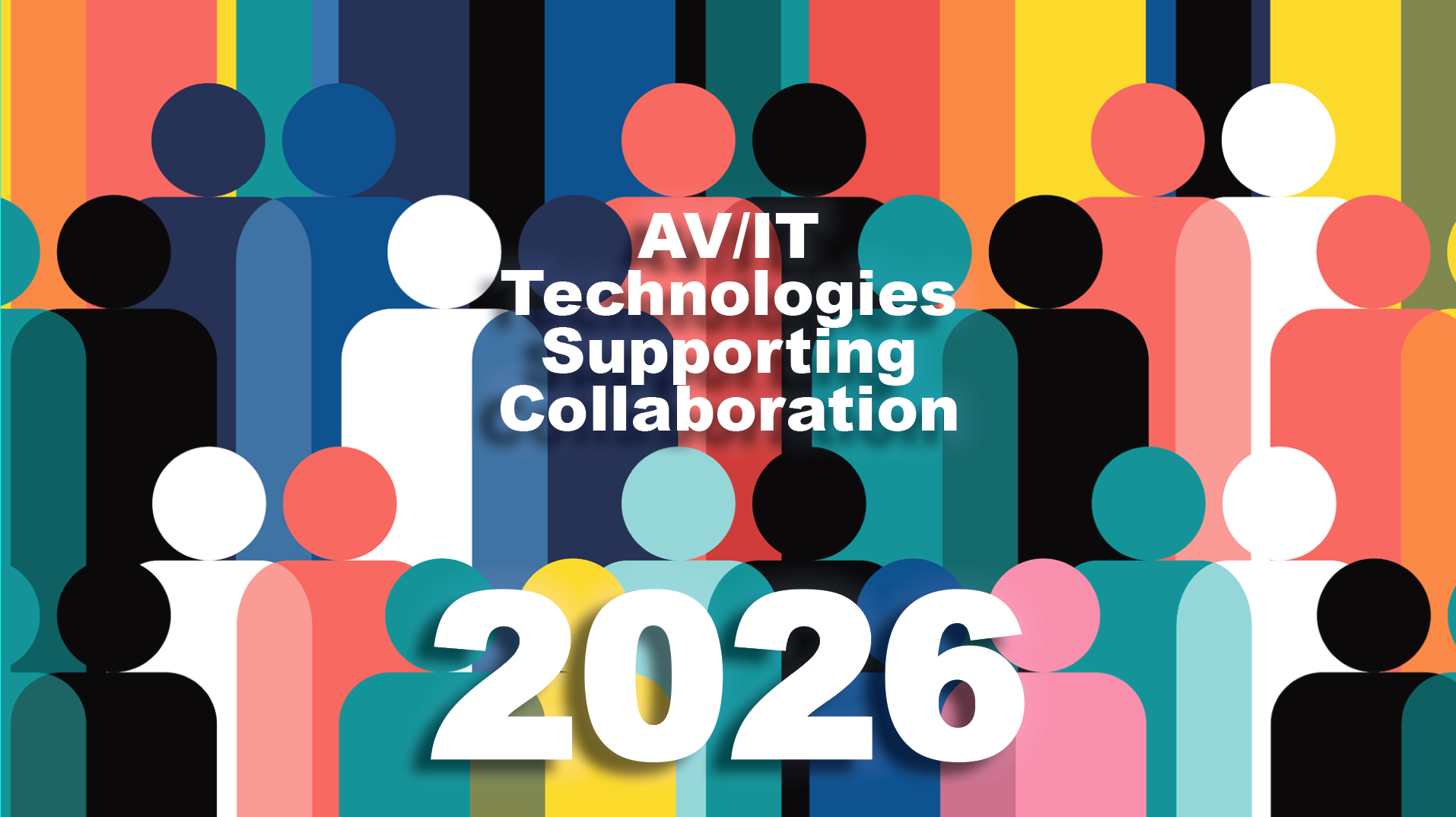On Esports: Panasonic Connect
Jared Darensbourg, National Live Events Manager at Panasonic Connect shares insight into setting up an esports program in higher education.

AVT Question: Please share insight into setting up an esports program within higher education at any level, including the technologies that make a difference and the elements that create an immersive experience for athletes and spectators alike.
Thought Leader: Jared Darensbourg, National Live Events Manager at Panasonic Connect
Esports is the fastest-growing sport in the world right now, estimated to surpass $10 billion in the next few years. And while sporting venues and arenas have their eyes on this growth, a more untraditional candidate, universities, do too. With admissions rates declining, universities have struggled to recruit the next generation of students. Esports offers a new channel to pique the interest of potential admits. However, it’s one thing to create an arena. It’s another to attract students, generate buzz, and keep players and viewers coming back for more. The right technology is the key differentiator.
It’s important that AV teams incorporate immersive elements to best optimize the space and create a spectator-style venue." —Jared Darensbourg, National Live Events Manager at Panasonic Connect
One challenge that universities face when developing esports arenas is room. Often, they don’t have the space to create massive stadiums and therefore need to repurpose empty lecture halls, theaters, or gyms. In these cases, it’s important that AV teams incorporate immersive elements to best optimize the space and create a spectator-style venue. Projectors offer detailed, sharp, color-rich images that create the look and feel of a high-end esports arena. Projectors can also be used to project live streams of games, so players and viewers can easily watch and participate in the action from afar.
Yet live streams bring on new challenges too. For larger programs, there’s often multiple games happening at once, requiring audiovisual teams to seamlessly switch between different participants to keep audiences invested. To minimize setup, streamline workflows, and reduce the number of on-site personnel needed, AV teams can invest in live production platforms to easily switch between streams from one location to another. With ST 2110 capabilities, teams can be completely remote and choose to use PTZ cameras for on-site filming, with Ethernet to send streams back to control rooms.
[On Next-Gen Audio: 15 Thought Leaders]
[On Visualization Technologies: 28 Thought Leaders]
A daily selection of features, industry news, and analysis for tech managers. Sign up below.

Cindy Davis is the brand and content director of AV Technology (AVT). She was a critical member of the AVT editorial team when the title won the “Best Media Brand” laurel in the 2018 SIIA Jesse H. Neal Awards. Davis moderates several monthly AV/IT roundtables and enjoys facilitating and engaging in deeper conversations about the complex topics shaping the ever-evolving AV/IT industry. She explores the ethos of collaboration, hybrid workplaces, experiential spaces, and artificial intelligence to share with readers. Previously, she developed the TechDecisions brand of content sites for EH Publishing, named one of the “10 Great Business Media Websites” by B2B Media Business magazine. For more than 25 years, Davis has developed and delivered multiplatform content for AV/IT B2B and consumer electronics B2C publications, associations, and companies. A lifelong New Englander, Davis makes time for coastal hikes with her husband, Gary, and their Vizsla rescue, Dixie, sailing on one of Gloucester’s great schooners and sampling local IPAs. Connect with her on LinkedIn.
